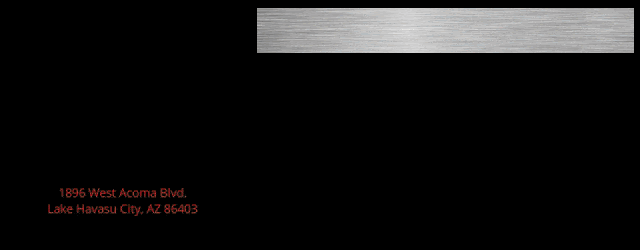rrrr
Well-Known Member
- Joined
- Dec 19, 2007
- Messages
- 16,315
- Reaction score
- 36,833
A couple of days ago I discovered information about TS Conductors. They have engineered a longline transmission conductor which abandons the 100+ year old aluminum conductor type that has a steel core for strength. That type is known as Aluminum Conductor Steel Reinforced, or ACSR, cable.
The conductor being developed by TS replaces the steel core with a flexible carbon fiber matrix. The product reduces weight significantly. That, and its smaller core diameter allows an increase in the mass and current carrying capacity of the aluminum outer aluminum. It also uses fewer and shorter support towers, because the reduced weight and increased strength results in less cable elongation under high temperatures.
This is the first production ready product I've seen that can have a positive impact on the hopelessly outdated and inadequate nationwide electrical distribution system. The obsolescense of the grid, which will be overwhelmed by the politically forced transition to EVs and replacement of natural gas appliances, has been completely ignored by the authorities, media, and populace.
I'm going off the rails for a moment. All the talk of the complete eletrification of society, carbon free energy production, and abandonment of fossil fuels by 2050 is astonishingly ignorant. It cannot, and will not occur. However, the modernization and expansion of the country's electrical distribution system is required to provide the demands of AI, population growth, increasing temperature trends, and the addition of terawatts of generation capacity.
Those generation terawatts must include natural gas and nuclear facilities. It is absolute folly to think that wind and solar generation will suffice for the needs of this country for the next 100 years. This also applies to societies worldwide. Forcing the countries of Africa to rely on wind and solar generation will doom some 2.5 billion people to desperate poverty and depopulation. Right now many of them still rely on burning wood for energy, and the insane dictates of Western ideology could lead to massive uprisings across the continent.
TS Conductors:

 www.industrial-innovation.com
www.industrial-innovation.com
The conductor being developed by TS replaces the steel core with a flexible carbon fiber matrix. The product reduces weight significantly. That, and its smaller core diameter allows an increase in the mass and current carrying capacity of the aluminum outer aluminum. It also uses fewer and shorter support towers, because the reduced weight and increased strength results in less cable elongation under high temperatures.
This is the first production ready product I've seen that can have a positive impact on the hopelessly outdated and inadequate nationwide electrical distribution system. The obsolescense of the grid, which will be overwhelmed by the politically forced transition to EVs and replacement of natural gas appliances, has been completely ignored by the authorities, media, and populace.
I'm going off the rails for a moment. All the talk of the complete eletrification of society, carbon free energy production, and abandonment of fossil fuels by 2050 is astonishingly ignorant. It cannot, and will not occur. However, the modernization and expansion of the country's electrical distribution system is required to provide the demands of AI, population growth, increasing temperature trends, and the addition of terawatts of generation capacity.
Those generation terawatts must include natural gas and nuclear facilities. It is absolute folly to think that wind and solar generation will suffice for the needs of this country for the next 100 years. This also applies to societies worldwide. Forcing the countries of Africa to rely on wind and solar generation will doom some 2.5 billion people to desperate poverty and depopulation. Right now many of them still rely on burning wood for energy, and the insane dictates of Western ideology could lead to massive uprisings across the continent.
TS Conductors:

TS Conductor Pioneers A New Electricity Conductor Which Can Increase Capacity Up to 300% Compared to Traditional ACSR Equipment - Industrial Innovation
Though originally put into place in the 1890s, initially designed to deliver electricity to consumers at a monthly cost based on consumption, the U.S. transmission system is more important than ever in the increasingly digital age.
 www.industrial-innovation.com
www.industrial-innovation.com



